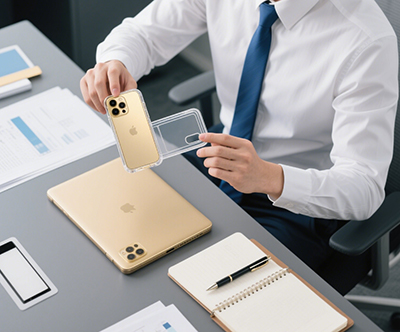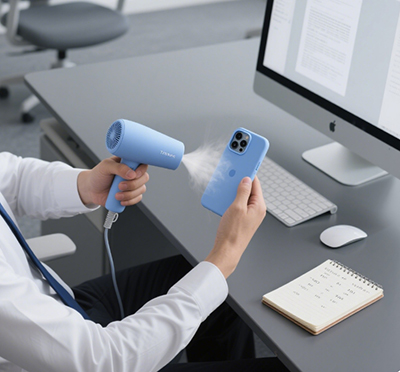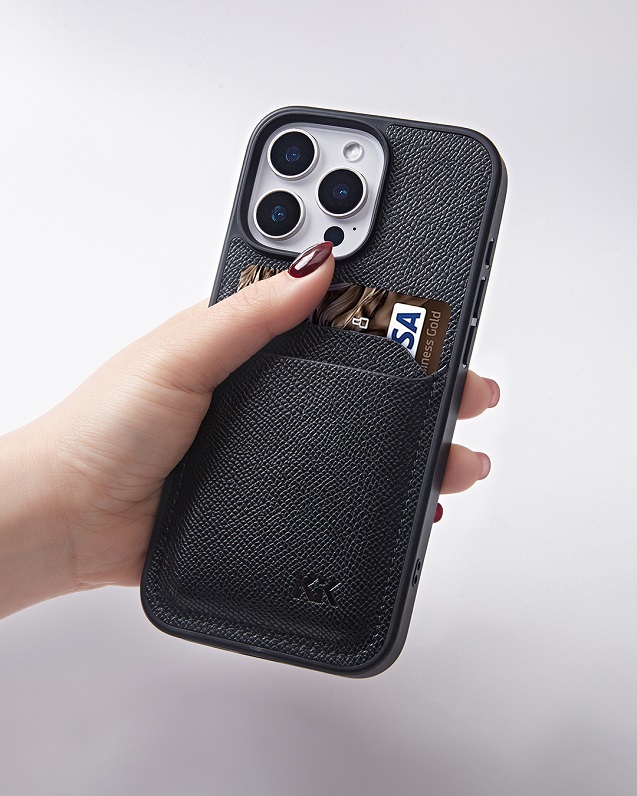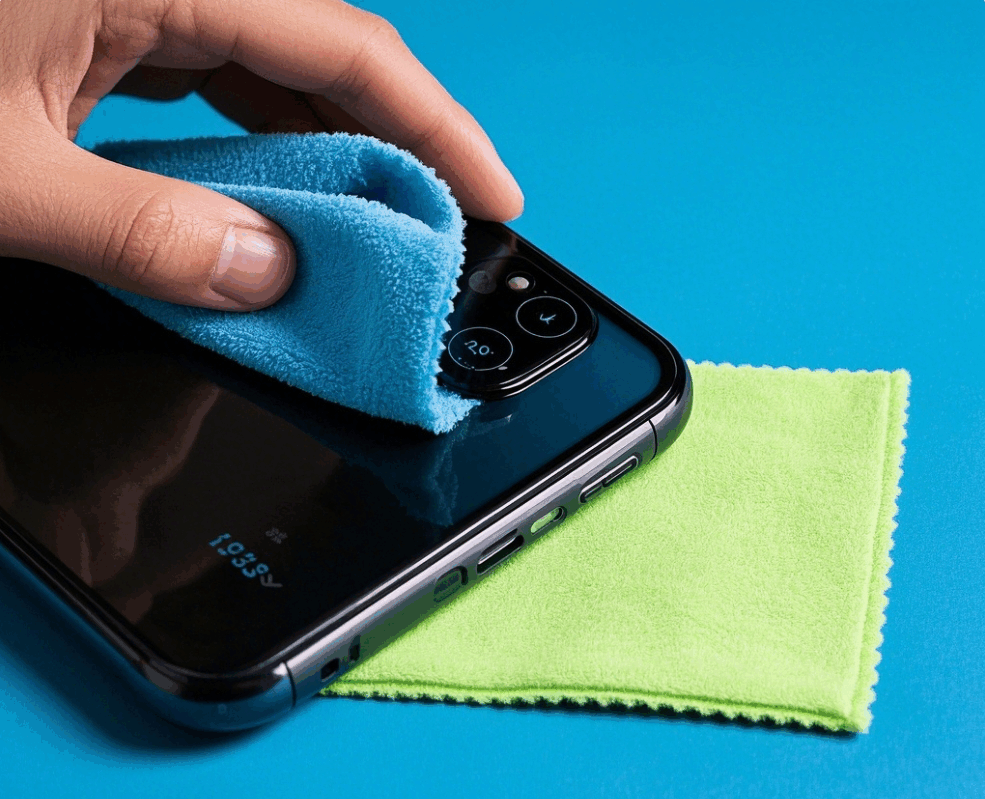
Phone case removal is an essential skill every smartphone owner should master.
Whether you’re switching cases, cleaning your device, or troubleshooting, improper removal can lead to scratches or even damage to both the phone and the case itself.
Knowing how to carefully remove a phone case will help you protect your device and ensure the case lasts longer.
Why Safe Phone Case Removal Matters
The process of phone case removal is not as simple as just pulling off the case.
If done improperly, you risk damaging the phone’s surface or the case.
Safe removal methods help preserve the phone’s integrity, preventing scratches, cracks, or worse, internal component issues.
Additionally, by following the proper technique, you’ll extend the life of your phone case and avoid unnecessary replacements.
General Tips for Removing a Phone Case Without Damage
Before diving into specific removal techniques, here are some general tips to ensure a safe process:
Choose the Right Environment
Work in a clean, dust-free area to avoid debris getting trapped between the case and phone.
Using a soft cloth as a base will also prevent scratches.
Turn Off Your Device
Powering off your phone reduces the risk of accidental screen touches or app activations while removing the case.
Use Proper Tools
While fingers can do the job, using a plastic prying tool designed for phone cases can help prevent scratches and avoid stressing the case material.
Work From the Edges
Start removing the case from the edges or corners.

This ensures that the phone case removal comes off gradually and evenly, reducing the chances of sudden force that could lead to damage.
Material-Specific Tips for Removing Different Phone Cases
How to Remove a Silicone or TPU Case
Silicone and TPU cases are flexible, making them prone to tight fits, which can make them harder to remove.
Step 1: Begin at a corner or edge.
Gently pry the case from the phone with your fingers or a plastic tool.
Step 2: Slowly work your way around the edge of the case to gradually lift it off.
If the case is too tight, use a blow dryer on a low heat setting for 10-15 seconds to soften the material, making it easier to remove.

Tips for Removing Hard Plastic (PC) Cases
Hard plastic cases are generally more rigid and less flexible, so they may require more care to prevent cracking during removal.
Step 1: Start by locating the gap or notch along the edge of the case.
These are typically designed to help you remove the case.
Step 2: Gently pry the case from the edges, using your thumbs to push from the bottom of the phone while pulling from the top.
Be cautious, as sudden movements can cause the case to snap or the edges to crack.
Removing Metal Frame Cases
Metal frame cases require special attention due to their heavy build and the risk of scratching the phone’s edges.
Step 1: Confirm whether the case has removal notches or grooves, which are designed for easier removal.
Step 2: Use a plastic prying tool or your fingers to gently lift the case, starting at the charging port or volume buttons.
Avoid pulling directly on the metal sections, as this could lead to bent or scratched edges.
How to Remove Leather or Fabric Cases

Leather and fabric cases are delicate and should be removed carefully to avoid damaging the material.
Step 1: Start at a corner or near the camera area and gently peel the case off.
Step 2: Be careful not to pull too hard, as this could cause the stitching or material to tear.
For fabric cases, it may help to lightly tap the back of the phone to loosen the case before attempting to remove it.
Common Problems and How to Fix Them
Case Stuck on the Phone
Problem: If the case feels stuck, it might be due to dust or sweat buildup.
Solution: Use a microfiber cloth or a cleaning solution to clean the inside of the case and the edges of the phone.

A small amount of rubbing alcohol can help reduce friction and make the case easier to remove.
Sticky Residue Left on the Phone
Problem: Sometimes, after removing the case, sticky residue from adhesives can remain on the phone.
Solution: Use a cotton swab dipped in rubbing alcohol to clean the adhesive residue.
Avoid using harsh chemicals that can damage the phone’s surface.
Case Becomes Deformed
Problem: If your case becomes deformed during removal, avoid forcing it back into shape.
Solution: Always remove the case gently, and store it properly when not in use.
For TPU or silicone cases, avoid exposing them to extreme heat or cold, which can cause the material to warp.
Best Practices for Phone Case Removal
Clean Your Phone and Case Regularly: Dust and grime can cause tight fits, so cleaning both the phone and the case will make future removals easier.
Avoid Using Metal Tools: Only use plastic tools designed for phone case removal to prevent scratches and damage.
Store Your Case Properly: Keep your phone case in a cool, dry place to avoid material degradation.
Conclusion
Mastering the art of phone case removal is essential for protecting both your phone and your case.
Whether you’re working with a soft silicone case or a hard plastic one, following the correct removal steps can help prevent damage and extend the lifespan of your device and case.
If you’re looking for high-quality phone cases that are easy to remove and offer excellent protection, consider visiting www.ctcase.com.

C&T offer a wide selection of cases suitable for various phone models.
Feel free to contact us for quotes and more information.





